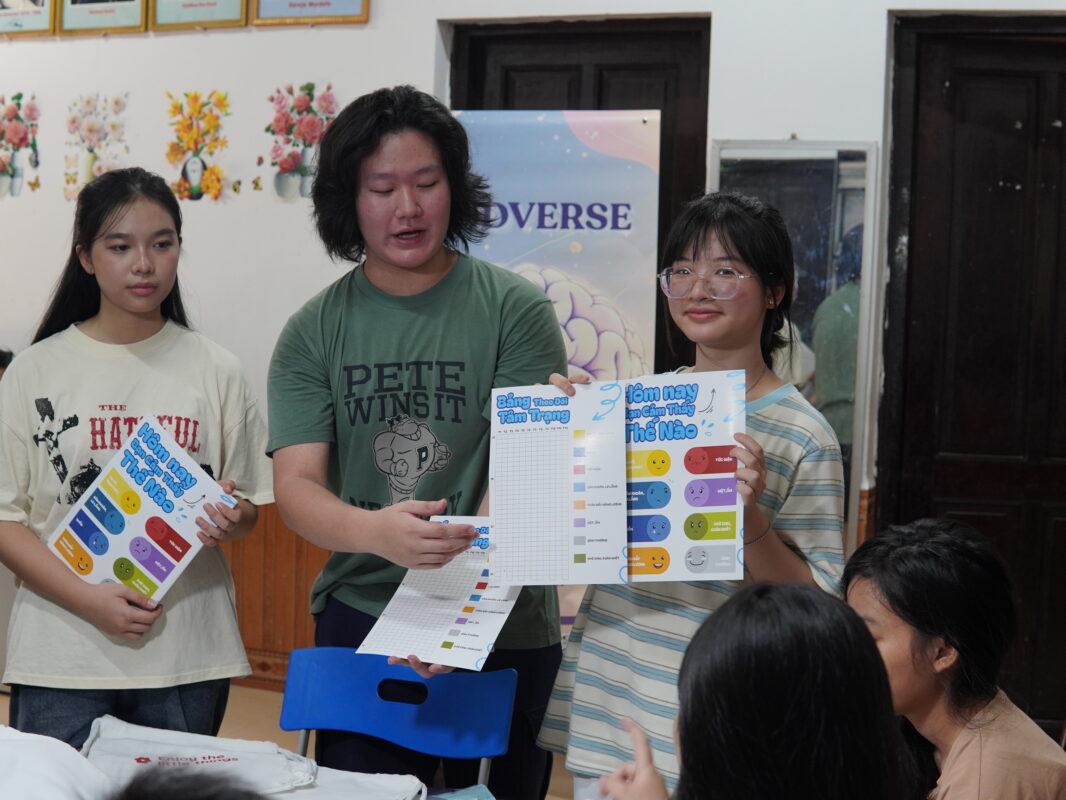Every high school is a library of unwritten stories, a low hum of thousand conversations happening just out of earshot. When I first walked the halls of the school, I could feel that buzz – the quiet artist sketching in her notebook, the aspiring scientist with a breakthrough idea, the freshmen stressed about exams. As on the very first student-led initiatives, DGS Media Club was born from a simple but powerful mission: to build a megaphone for those voices and, in the process, create a lasting legacy of student expression.
We had no blueprints to follow. We had a blank canvas and a deep-seated belief that our community deserved a mirror. So we built one.
Our magazine, Pioneer, became that mirror, and I’ll never forget the smell of fresh ink on the first copies. More than a stack of paper, it was proof that our stories matter. We made a conscious decision to capture the full, chaotic, brilliant soul of our school in its pages. One volume, the cover story might be a vulnerable, humanizing interview with a teacher, revealing the person behind the lesson plans. Tucked inside those same pages, we carved out a space called “The Poet’s Nook”for the quiet, heartfelt verses that were usually scribbled in the back of notebooks. Turn the page again, and you’d find Eddie’s corner, offering blunt, crowd-sourced advice on everything from acing physics exams to the best place on campus, for a quiet, five-minute cry. And right beside that, you’d find the latest adventure of Super Rat, our quirky, self-designed comic series that served as a vital reminder to never take ourselves too seriously.
My role as a President quickly felt less like a director and more like a conductor of this creative chaos. For our podcast, “Delta’s Guide to Survival,” I would venture to bring twn passionate, opinionated students into a small, often messy room and give them a platform to have real conversations we were all craving. Watching the view count on social media day by day was the electrifying confirmation that had struck a chord.
But we knew the megaphone couldn’t only be pointed outward. We had a responsibility to bridge the gap between our creative energy and the world outside. We turned our lens toward social impact with the ‘Wetlands of Vietnam’photography contest, sparking vital conversations about SDG 6. We transformed our collective voice into a force for good, rallying the entire student body to raise 40 million VND and collect over 50kg of supplies for the Sung Do Elementary & Secondary School.
Leading this club taught me that leadership does not always mean having the loudest voice. Sometimes, you need to build a stage, pass the microphone, and then step back to marvel at the chorus that emerges. We started with the simple goal of telling our story, and somewhere along the way, we realized we were helping to write it.
Ky Nghe Club
I thought our club, Ky nghe (which translates to ‘skill’ in Vietnamese) was about teaching a craft. How to hold a brush, how to mix colors – that was my original lesson plan. But my own real education began the moment I walked into the beautiful, organized chaos of the Binh Minh Center, into a room that hummed with quiet energy and smelled of clay and waxy crayons. There, I quickly learned the most important thing I could do was to un-learn what it meant to teach. We were witnesses to a language spoken without a single word rather than instructors.
And the children? They were fluent.
It was a language spoken not in verbs and nouns, but in the jagged, angry slashes of a red crayon pressed so hard the tip crumbled: from that we observed a raw dialect of frustration that needed no translation. For one boy who communicated almost entirely this way, our job wasn’t correcting or showing him how to draw a sun. It was to silently slide another red crayon into his hand when the first one broke, a quiet act that said, “I hear you. Keep speaking.”
For another, language was the calm, repetitive motion of her hands rolling a piece of clay into a perfect sphere, over and over. This was a language of self-soothing, a way of creating a small, predictable pocket of peace in a world that can feel loud and overwhelming. Her art was the rhythm, not the object.
This profound realization completely reshaped how I led our team of 10+ volunteers. Before each weekly session, huddling up, my main instruction was always the same “Leave your expectations at the door. Our job today isn’t to teach them to draw a tree; it’s to create a space safe enough for them to show us their entire forest.” We strived to become fluent listeners, to understand what their hands were trying to say when their mouths could not.
Our mission began with a not so typical lecture – paint. Our first major project was an expressive painting workshop for 20 children at SOS Children’s Village Phu Tho. We came with huge sheets of paper, a rainbow of colors, and one simple invitation: “Show us how your day feels.” The result was an explosion of raw, honest emotion on paper. We saw stormy swirls of black and purple, serene landscapes of blue, and bright, defiant bursts of yellow. That day, we were reminded that art can be a powerful first language for feelings that don’t yet have words.
